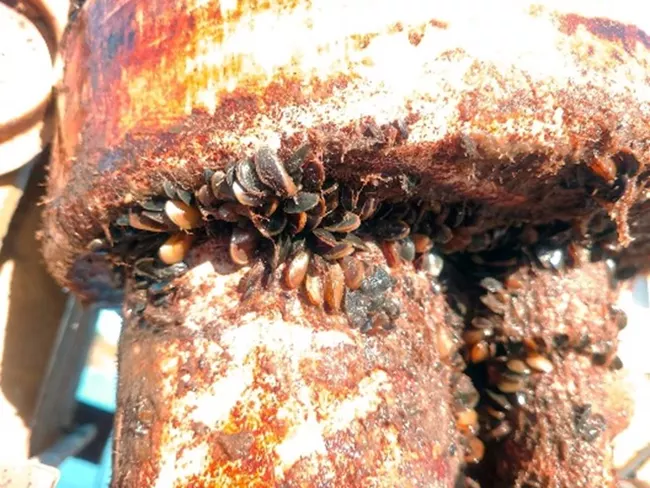
River Riffle Newsletter – June
Contents
- Current Conditions
- Program Updates: New TRRP.net webpages and features
- Featured Article: Bats of the Trinity River
- Trinity River Watershed Spotlight: Trinity County Grasses
- Upcoming Meetings and Events
- Reading, Listening, Watching
Current Conditions
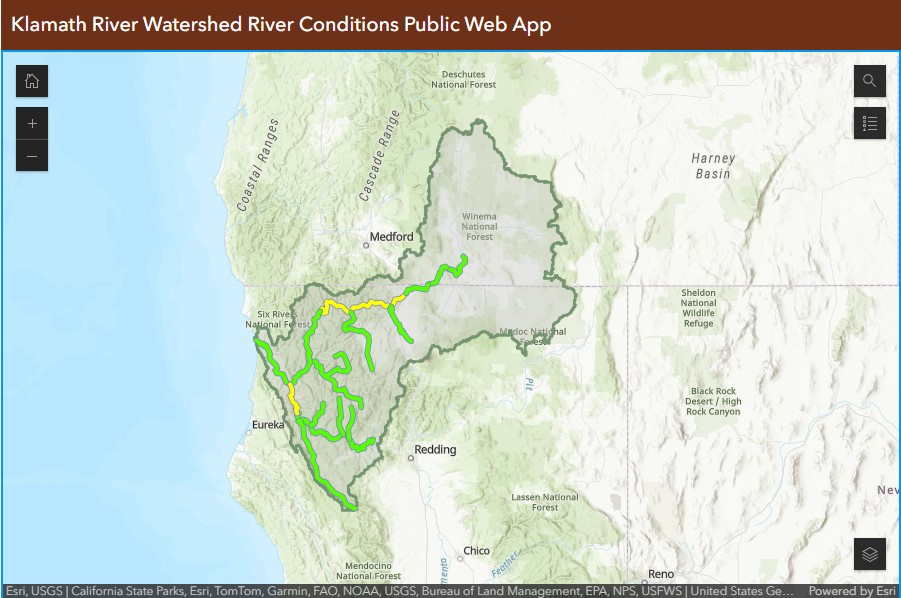
Klamath Fish Health Assessment Team
Beginning in late April, members of the Klamath Fish Health Assessment Team (KFHAT) have held monthly meetings to assess Klamath Basin Fish Health. The KFHAT is a technical workgroup that formed in 2003 with the purpose of providing early warning and a coordinated response effort to avoid, or at least address, a non-hazardous materials related fish kill event in the anadromous portion of the Klamath River basin.
Determinations are currently favorable for most of the Klamath and Trinity basin but monitoring is showing some minor fish health observations on the Upper Mid Klamath (related to C. shasta) and Lower Trinity River (related to copepods) sections. The KFHAT group will commence weekly meetings.
Photo: The KFHAT map presents the readiness level for the Klamath Basin below Iron Gate Dam in a visual format. Click here to read the 2025 reports.
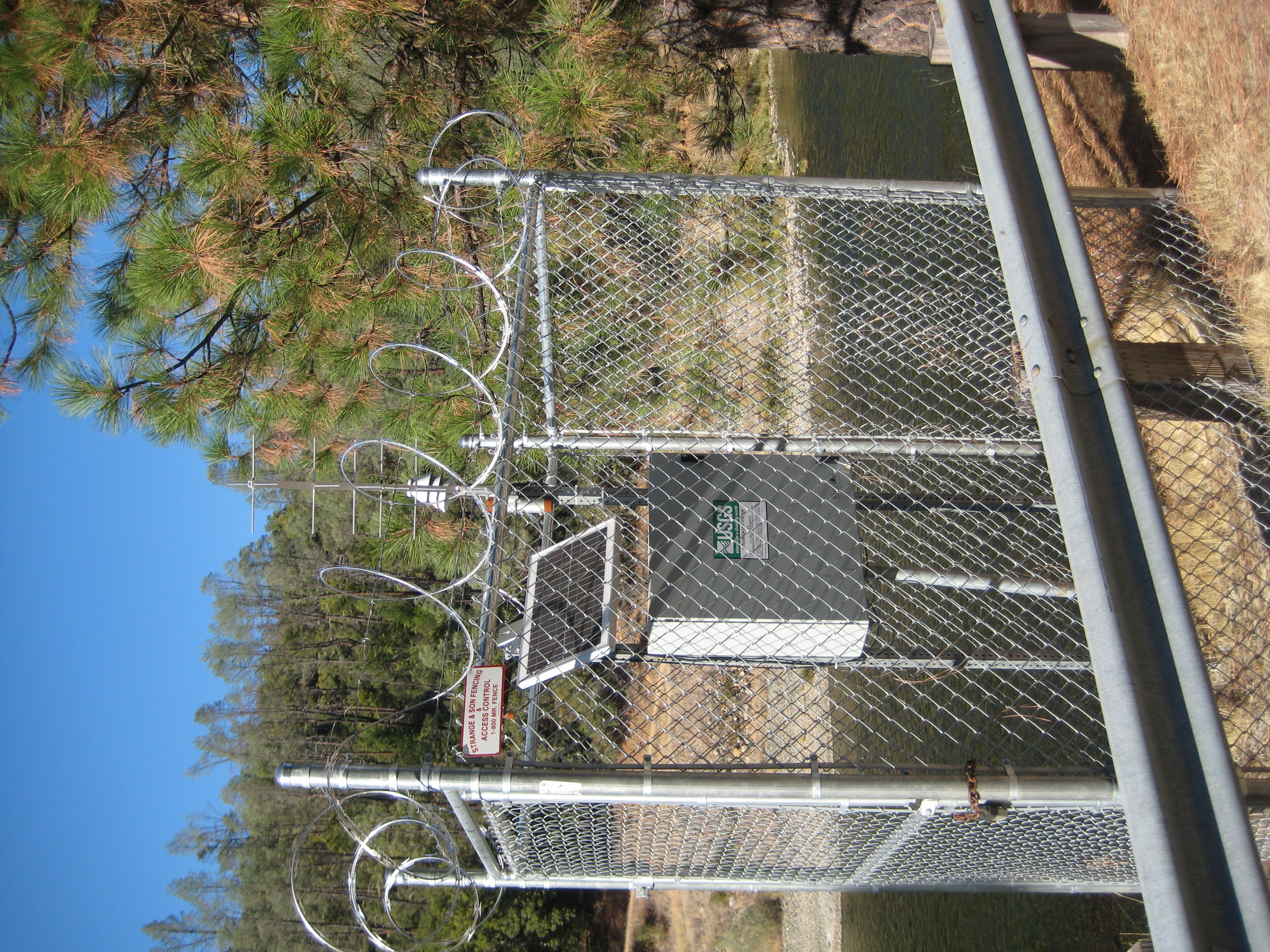
Temperature
Keep tabs on Trinity River temperatures by following the USGS gauge links below.
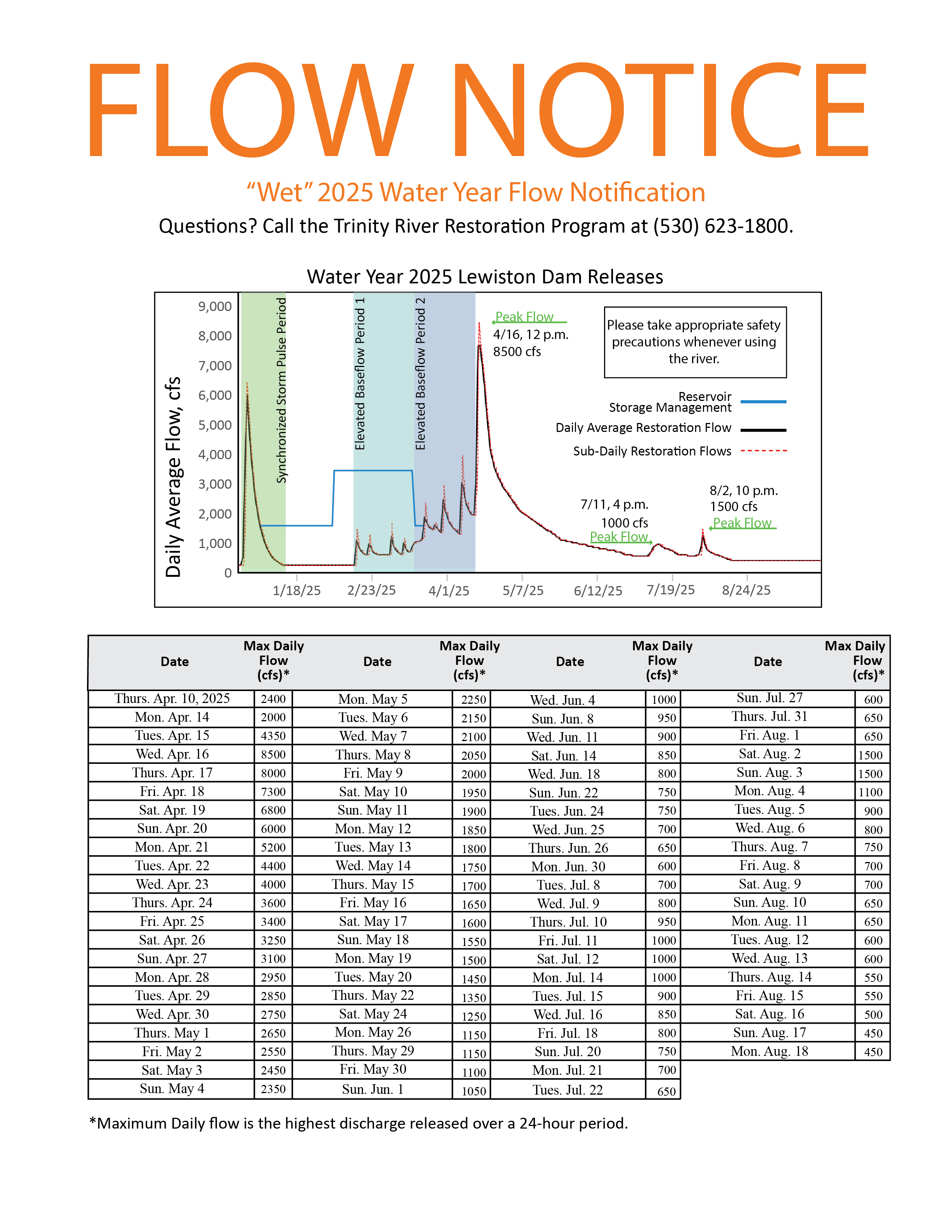
Flow
Through the remainder of June, flows decrease slowly until July 8 when the first of 2 flow increases commence. Peak flow will reach 1000 cubic feet per second at Lewiston Dam on Fri., July 11 and hold through Mon., July 14. After the 14th a decrease of 50 cubic feet per second is scheduled until the second and final increase (1500 cubic feet per second) takes place Saturday, Aug. 2 through Sun., Aug. 3.
Current river flow gauge readings can be found on our homepage, click here and scroll to the middle of the page.
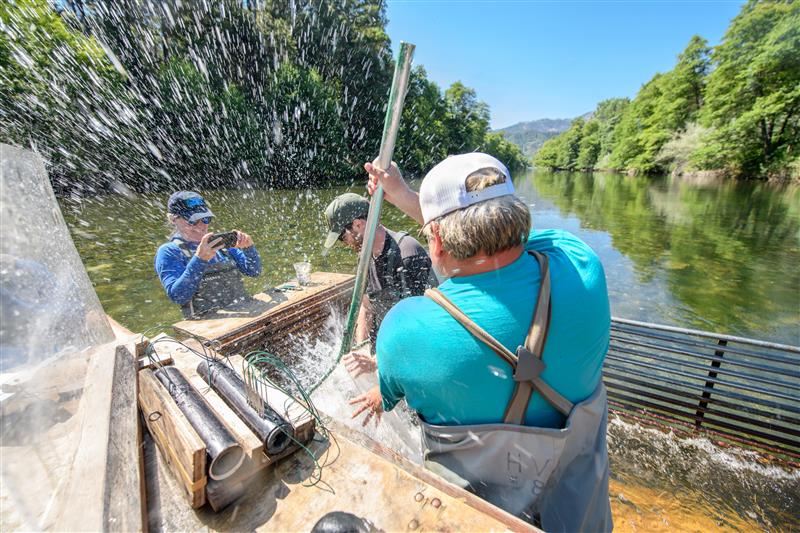
Monitoring & Fish Health
Crews from the California Department of Fish and Wildlife are scheduled to install the Junction City Weir during the week of June 23. The weir is located upstream of the Evans Bar boat launch in Junction City and performs trapping, counting and fish health assessments of Trinity River salmonids.
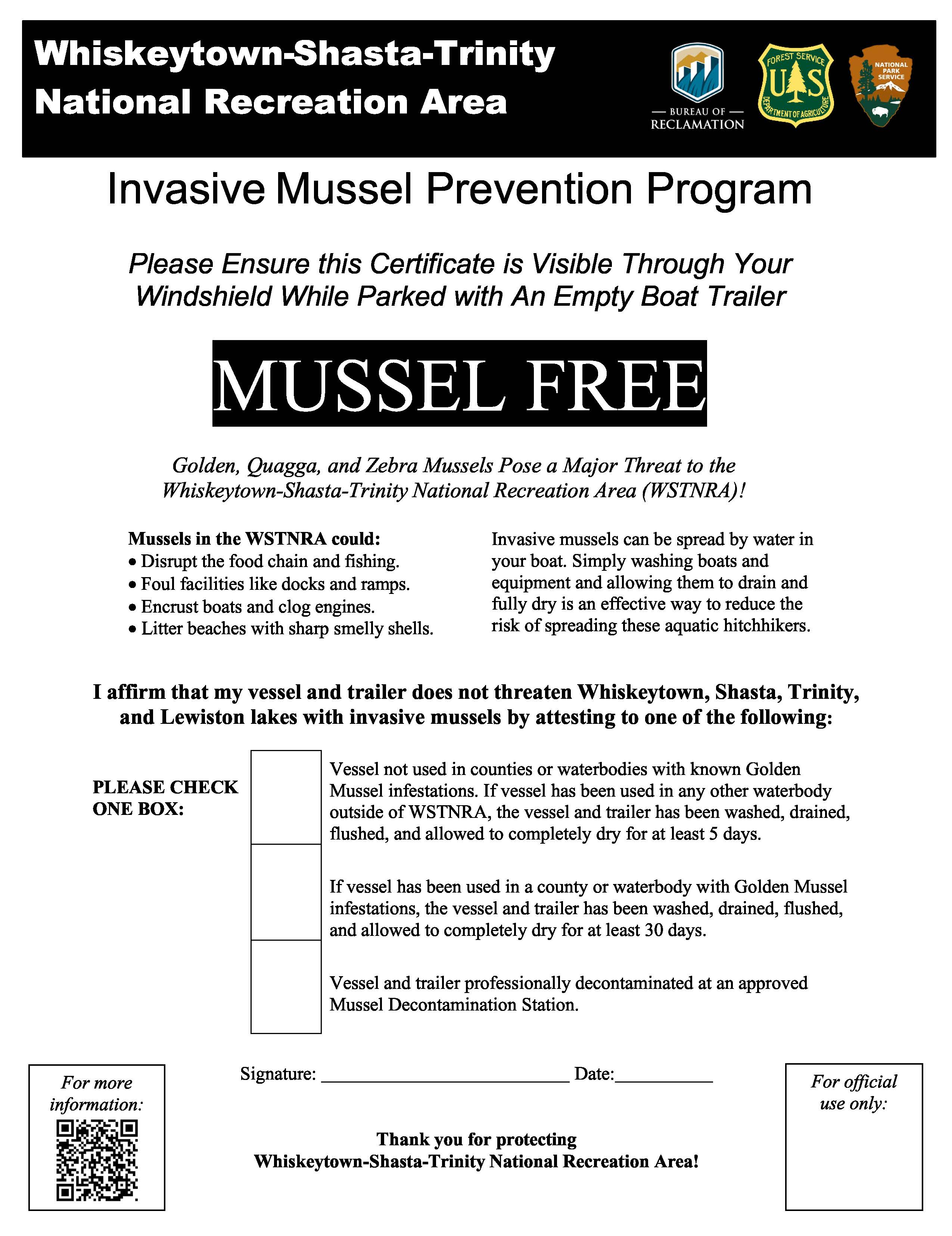
Golden Mussel Guidance for Trinity, Lewiston, Whiskeytown & Shasta Reservoirs
National Park Service, U.S. Forest Service, and U.S. Bureau of Reclamation are implementing a self-certification process to ensure personal vessels are golden mussel free prior to launching on Shasta, Whiskeytown, Trinity, and Lewiston Lakes.
The self-certification form can be found here: WSTNRA-Mussel-Free-Self-Certification_version-5-22-2025.pdf
Program Update
New TRRP.net webpages and features

Trinity River Aerial Imagery – *New* Swipe Mode
Go back in time (as far as 1944!) and swipe to compare aerial imagery within the 40-mile Trinity River Restoration Reach (compare with as recent as 2024).
Click below, scroll in (or out) to a desired location within the restoration reach, choose the year in the dropdown boxes to the left and hit “Swipe On” to compare.

Trinity River Watershed Spotlight
Our catalogue of articles on Trinity River watershed plants and wildlife is growing and can now be found in one place! Click the button below to view and read about each species.
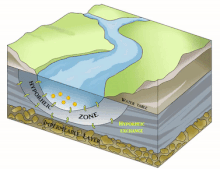
Featured Articles
Our featured program authored and external articles can now be found in one place! Click the button below to view and read.
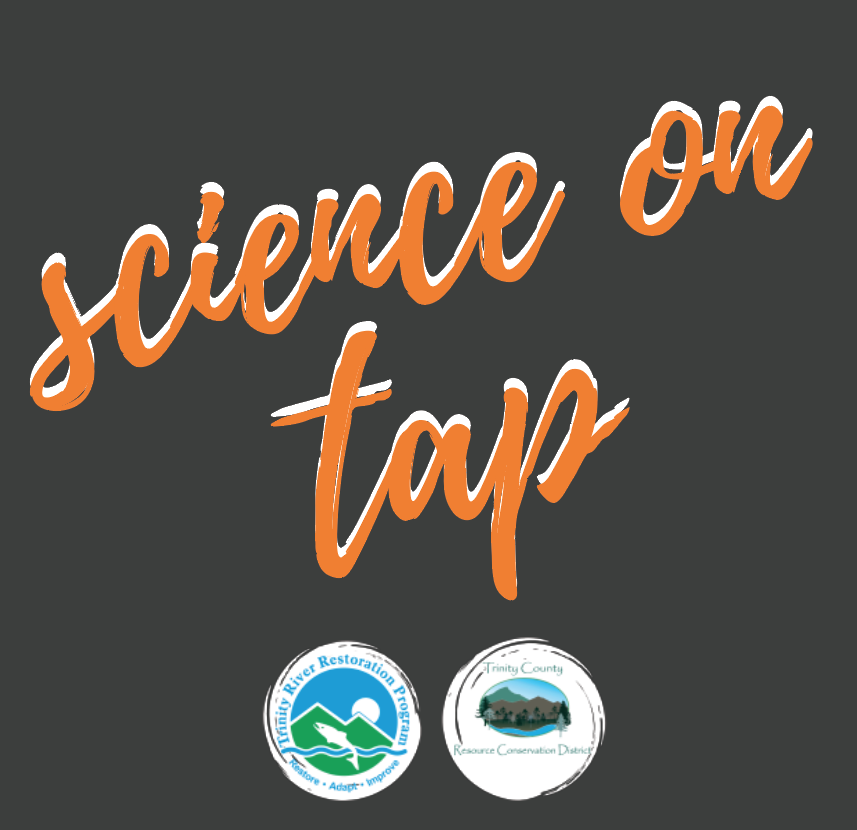
Science on Tap
We’ve organized our Science on Tap series schedule and videos of past presentations together on one page. Click the button below to view!
Featured Article
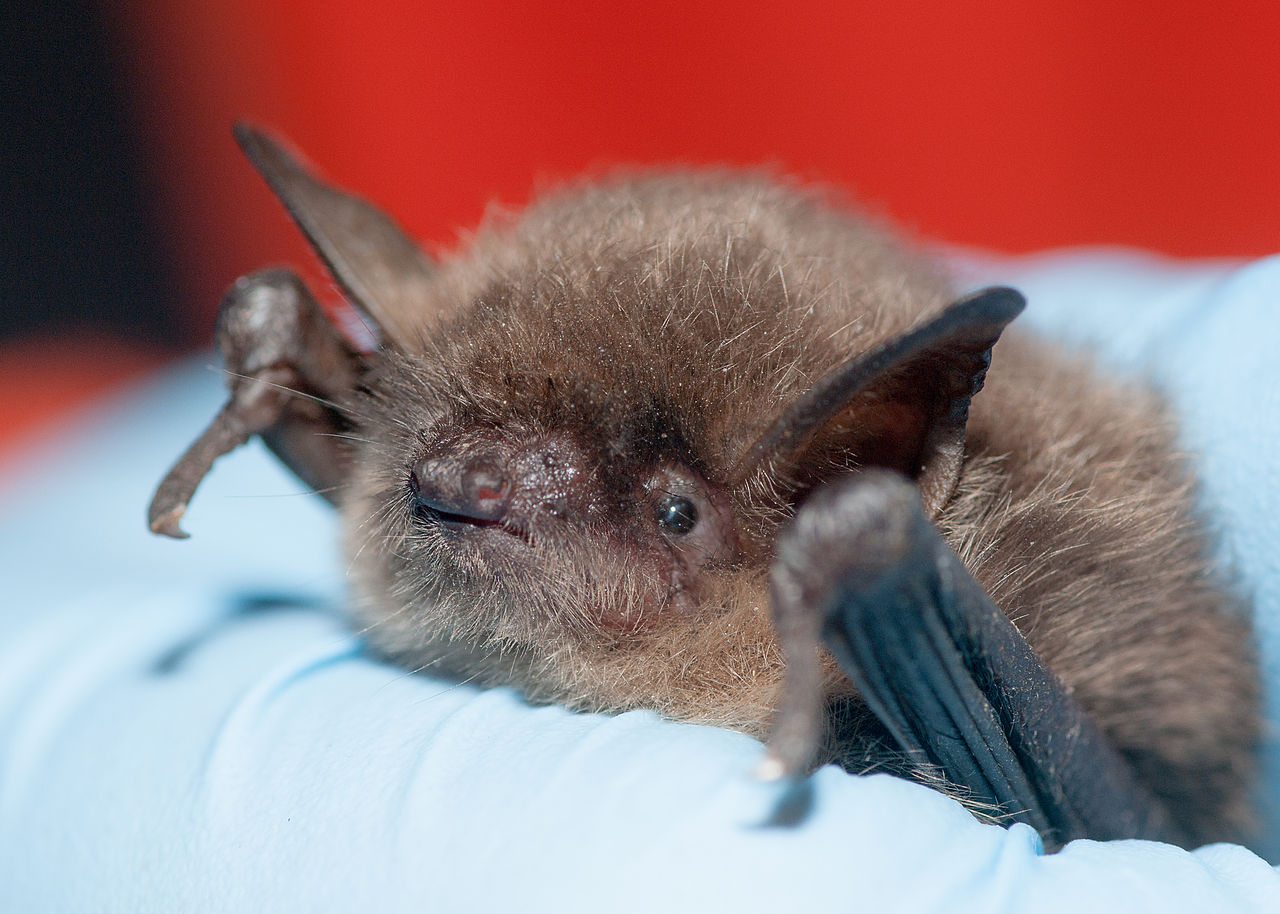
Bats of the Trinity River
Did you know the Trinity River watershed is home to upwards of eighteen bat species? From the insect-hunting Yuma myotis to the impressive hoary bat that migrates over 2,000 km, these nocturnal mammals play a vital role in our local ecosystem. Discover how these bats thrive in their unique habitats and their incredible adaptations for foraging over water! Learn more about their importance and how you can coexist with these amazing creatures by clicking below.
Photo: Myotis yumanensis (Yuma myotis).[ Photo originally posted in Wikimedia Commons by Daniel Neal from Sacramento, CA, US]
Trinity River Watershed Spotlight
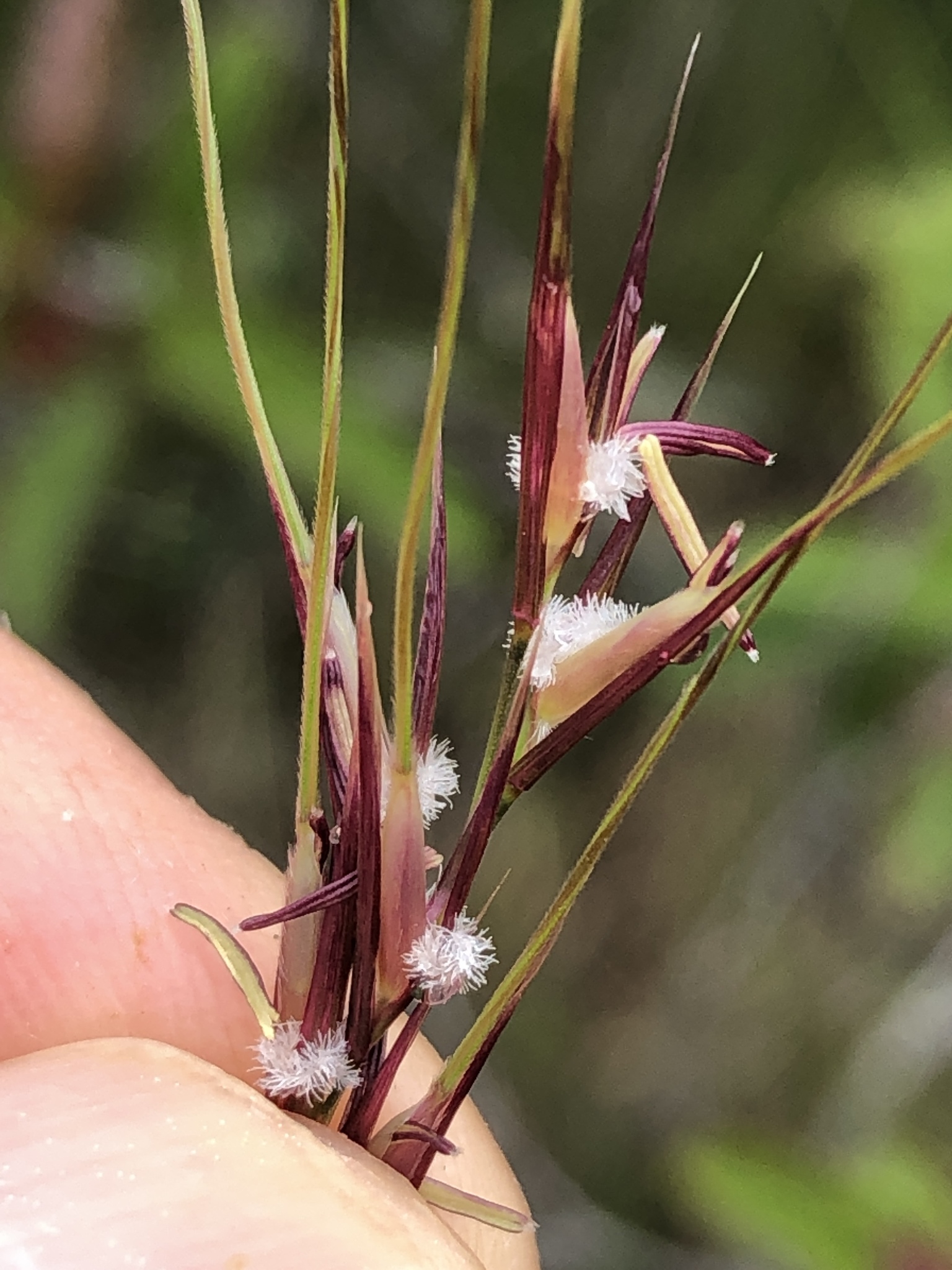
Trinity River Watershed – An introduction to grasses
As California transitions into warmer days, the hillsides transform into shimmering gold, showcasing not just the iconic California golden poppy but also an intricate tapestry of native grasses. In our latest feature, we explore the vital role these grasses play in local ecosystems and the delicate balance of their growth cycles. Learn how farmers and ranchers cultivate relationships with these plants, recognizing the importance of timing in hay production and understanding the unique characteristics of both native and non-native species. Click below to read more!
Photo: Purple Needlegrass (Stipa pulchra) (Nassella pulchra). [iNatrualist]
Upcoming Meetings and Events
For a full list of events, click to view the TRRP Calendar.
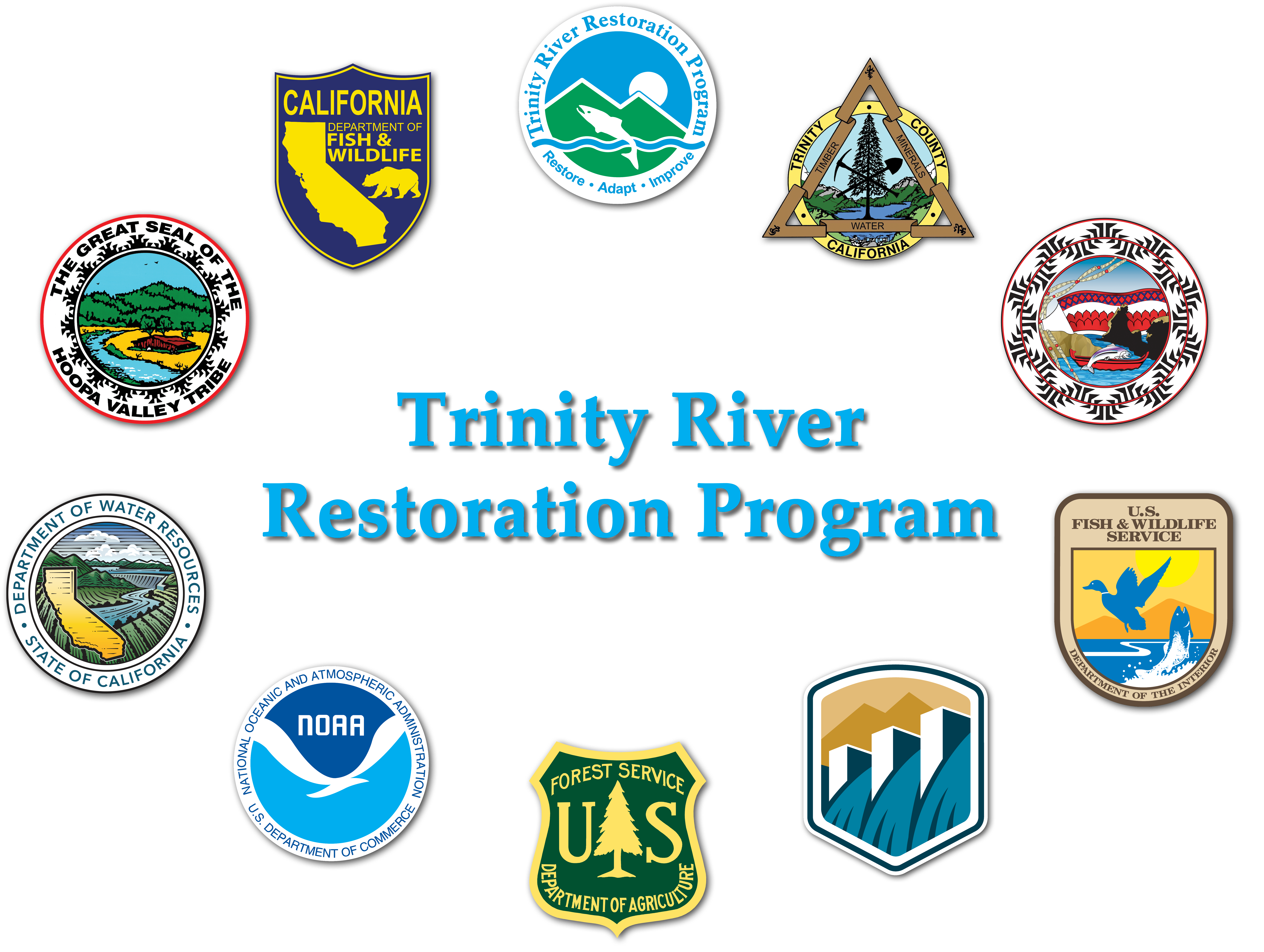
June 17 & 18 – All Day Quarterly TMC Meeting
Arcata, Ca. & virtual via Microsoft Teams
Meeting ID: 219 880 031 826
Passcode: Yo2c67yg

July 19, 9-12 – Trinity River Clean-Up
Lewiston, Ca. – Douglas City, Ca.
Join us for the 2025 Trinity River Clean-Up! Bring a flotation devise and help to grab trash along the Trinity River from Old Bridge in Lewiston to Douglas City. Contact the Trinity County RCD: Annyssa Interrante at 530-623-6004 x 209 for more details.
Reading, Listening, Watching
California’s Yurok Tribe gets back ancestral lands that were taken over 120 years ago | Associated Press
Jun. 5, 2025 | By Dorany Pineda, Terry Chea and Godofredo Vasquez
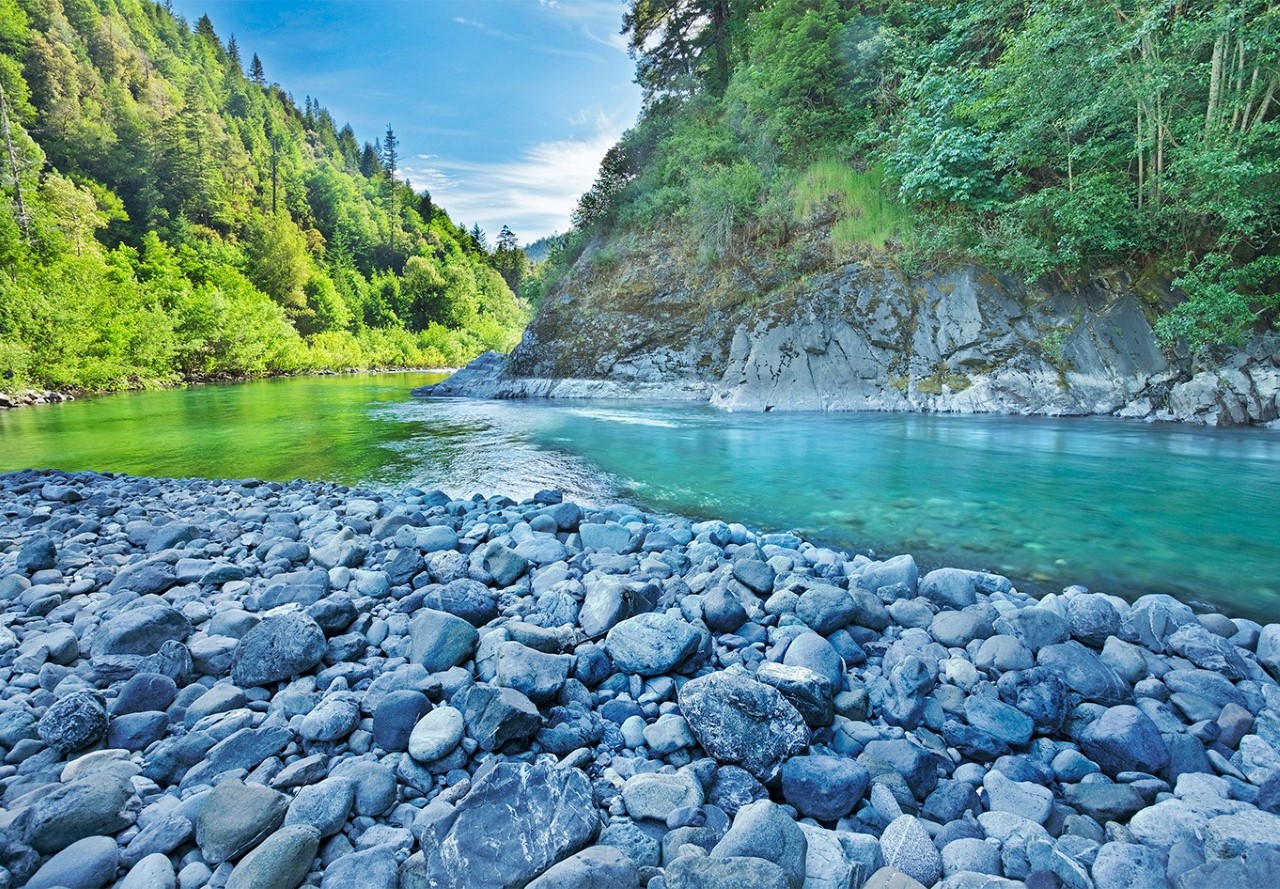
Don’t Move a Mussel! | National Park Service
Recorded in Whiskeytown National Recreation Area as part of an Artist-in-Residence program | Musician Nathan Frederic
By removing invasive bullfrogs, scientists help Yosemite’s native turtles recover | National Public Radio
Jun. 10, 2025 | By Ari Daniel
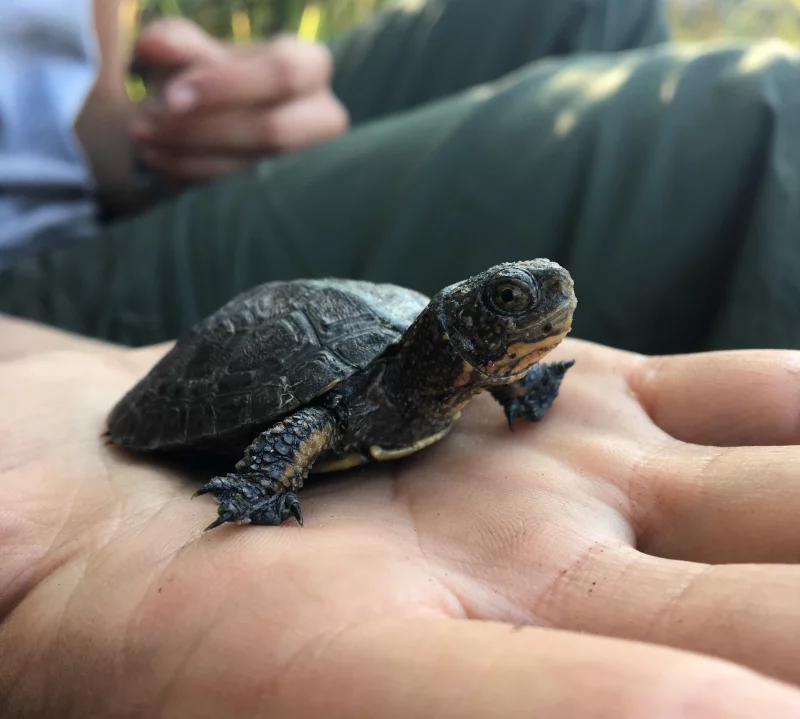
In the serene depths of Yosemite National Park, Ph.D. candidate Sidney Woodruff discovered a remarkable opportunity for ecological recovery. After years of research, her team successfully eradicated the invasive American bullfrog from key habitats, allowing California’s native Northwestern pond turtle to finally rebound! With over 16,000 bullfrogs removed, early signs of turtle hatchlings have emerged, alongside a resurgence of other native species. Click here to listen or read further.
Contact Us
Call Us: 530-623-1800 Email Us: info@trrp.net

